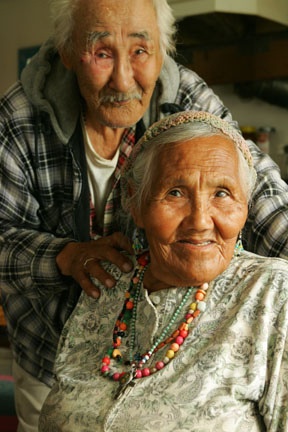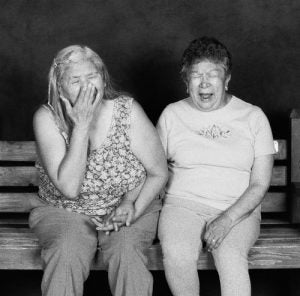
Aging is inevitable. It happens to all of us, and it is not a homogeneous experience. It impacts everyone differently and on different timelines. There are a variety of issues that affect aging populations, such as ever increasing healthcare costs, the depletion of Social Security funds, and the rise of noncommunicable diseases (NCDs).
Aging American Indian and Alaska Natives face additional challenges as they age due to a variety of circumstances, including cultural, political, and geographical considerations that impact accessibility, availability, and acceptability of health care resources. The specific needs of aging American Indian and Alaska Natives are particularly sensitive, especially in a time when the future of the nation’s health care system is uncertain and unstable.
I recently attended a conference of the National Alaska Native American Indian Nurses Association (NANA-INA) and the Georgetown University Health Law Initiative titled “Creating Culturally Competent Support Skills for Care of American Alaska Native Elders.” The conference was held in Polson, Montana against the backdrop of the beautiful Flathead Lake, within the Flathead Reservation. The group—all women—consisted of nurses, PhDs, and lawyers. Among the group the only non-natives were myself and a colleague. The rest of the women were all native women spanning from different tribes covering a number of states including Alaska. Over the span of the conference, we discussed a number of concerns and issues affecting aging populations generally, as well as those that pertain to natives specifically.
Community-based care is oftentimes preferred over institutional care for aging populations. This is because it allows elderly people to age in place rather than being sent to facilities that are not always able to provide quality individualized care. This is an issue for all aging populations, but is particularly relevant to native elders. This is because many nursing home facilities do not recognize and respect cultural traditions. For example, may natives smoke as part of their traditional practices, which can obviously cause a number of problems in a nursing home because of oxygen tanks and smoke detectors.

Cultural incompetence can also lead to distrust among patients. Often when caregivers do not understand the needs and cultural identities of the population they are caring for, patients become distrustful and are less apt to listen to the advice given by such caregivers. Alternatively, native nurses, doctors, and other health care workers are often more culturally sensitive and thus are better able to recognize the needs and concerns of aging natives.
Another issue many native elders face has to do with their geographic location. Many natives live in geographically isolated areas making it difficult for them to access health care. It may take hours for them to reach health services due to the proximity of the facility and the lack of well-maintained roads. This deters people from regularly seeking preventative care and also can be the difference between life and death in an emergency situation. Further, the health care facilities that are close by may not have the capacity to care for all needs. For example, the Pine Ridge Reservation in South Dakota, has an Indian Health Service (HIS) hospital but the ICU is currently understaffed, and thus for certain services, patients need to be transferred to the nearest hospital which can be hours away.
There are many other issues that need to be examined, and this conference is a small part of larger aging projects that the O’Neill Institute and the Health Law Initiative are currently working on. The National Resource Center on Native American Aging is a great resource for native aging. Their mission is “to identify and increase awareness of evolving native elder health and social issues.” Their goal is to help empower natives to develop community-based solutions to heath care for aging populations.
Latest
Legal Comments on Medicare’s Site-Neutrality Proposal: A Preview of Potential Litigation
Katie Keith Suhasini Ravi



